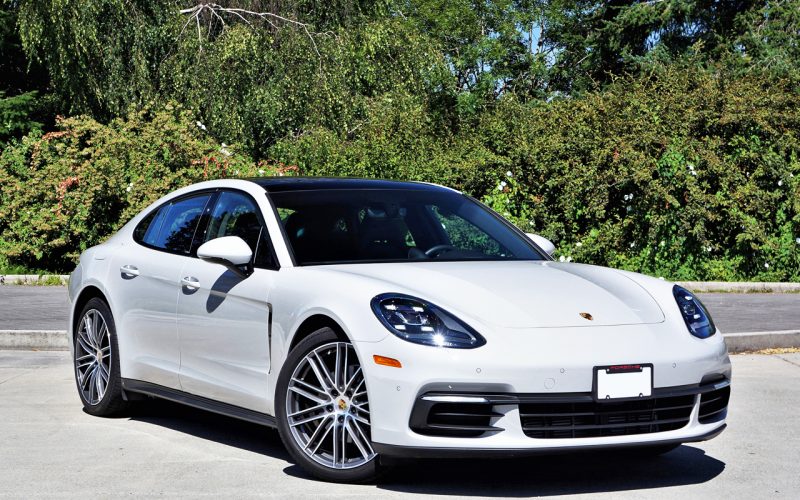
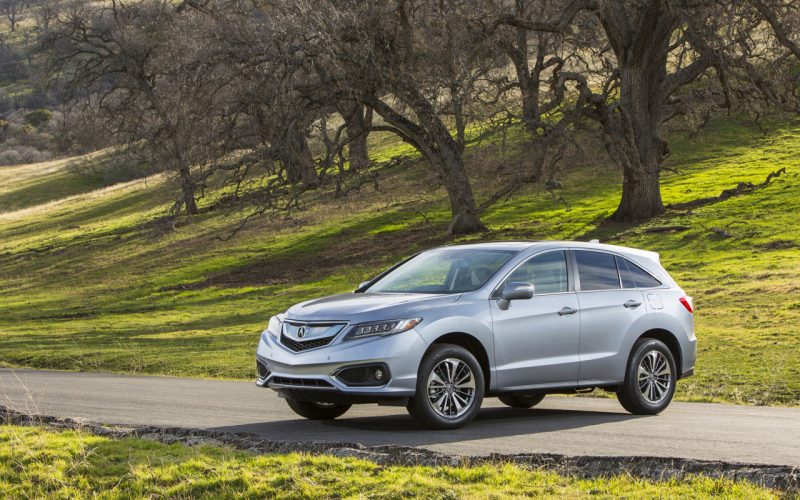
Reading Time: 4 minutesAcura’s RDX doesn’t continually gravitate to the top echelons of compact luxury SUV sales leadership by

Reading Time: 9 minutesThe mucky dirt Land Rover left all over this new Discovery SVX prototype when posing for
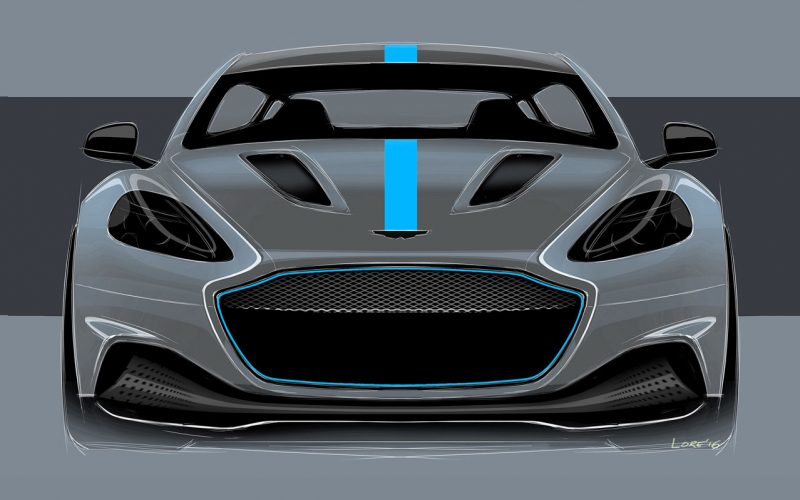
Reading Time: 7 minutesIf you’ve ever witnessed one of Aston Martin’s V8 or V12 engines blast past at full
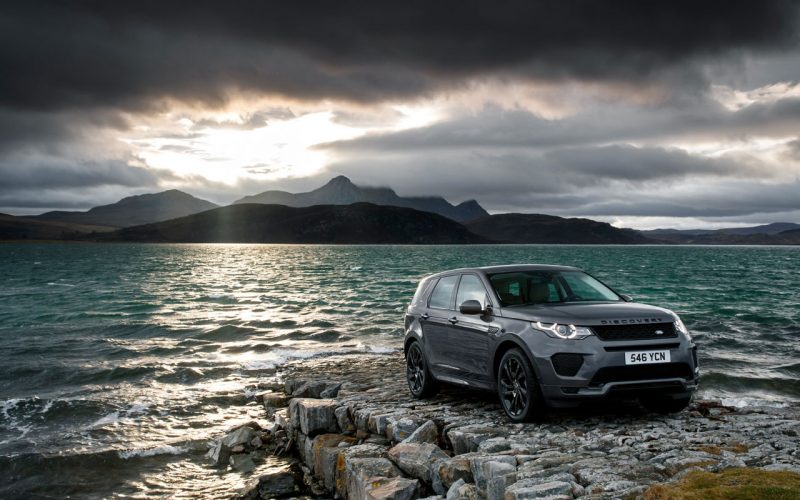
Reading Time: 6 minutesLand Rover’s Discovery Sport and Range Rover Evoque are already very popular in their respective classes,
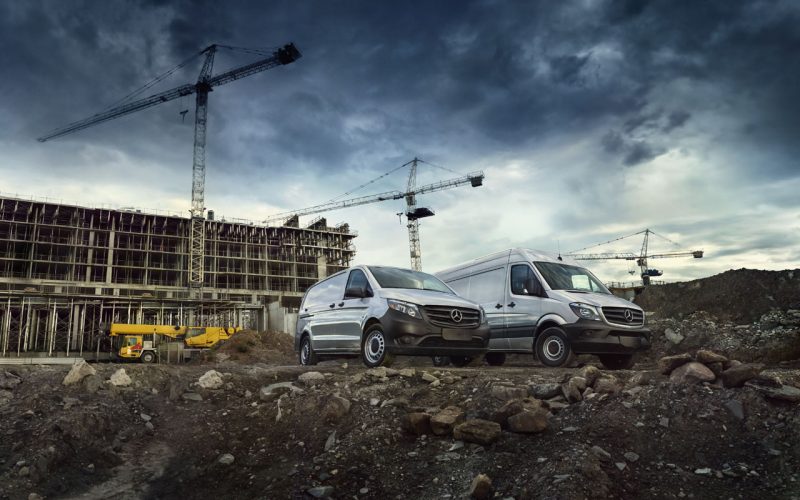
Reading Time: 4 minutesA news story that may have passed under the radar this year saw Mercedes-Benz once again
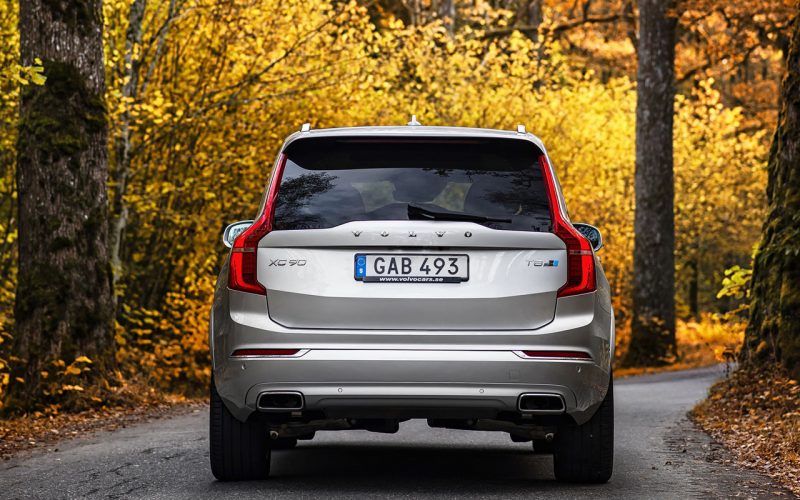
Reading Time: 6 minutesPolestar, a name that was formed to conjure images of Sweden’s cold northern regions (north star,
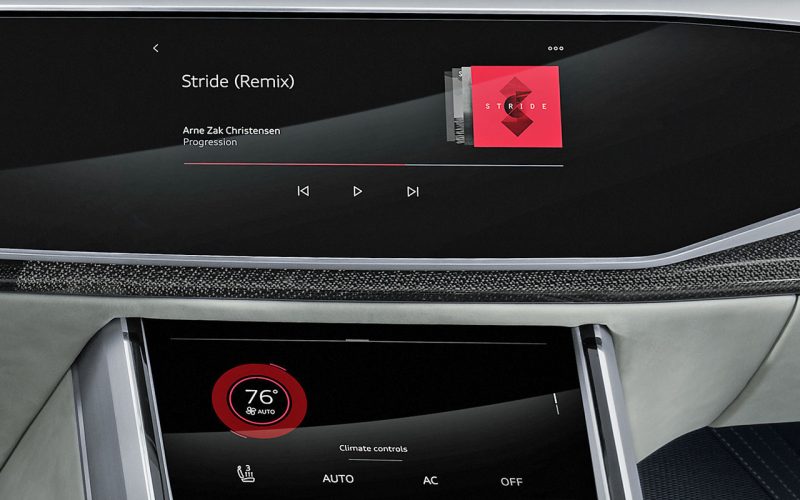
Reading Time: 4 minutesAudi already incorporates Android Auto and Apple CarPlay within its highly advanced MMI infotainment systems, but
© 2025 The Car Magazine. All Rights Reserved, Privacy Policy | Terms of Use